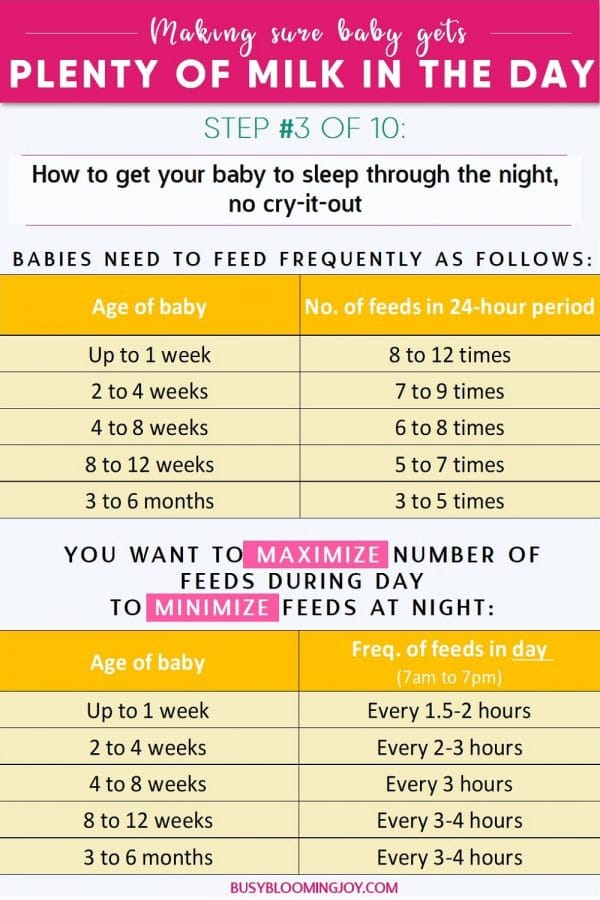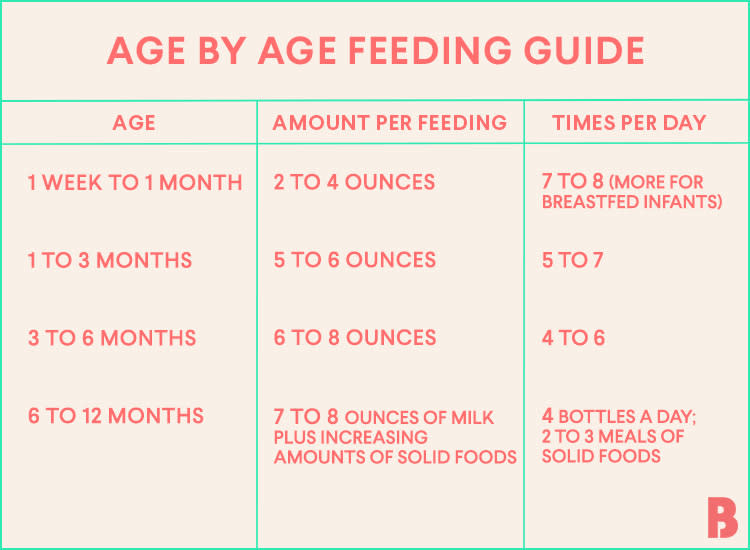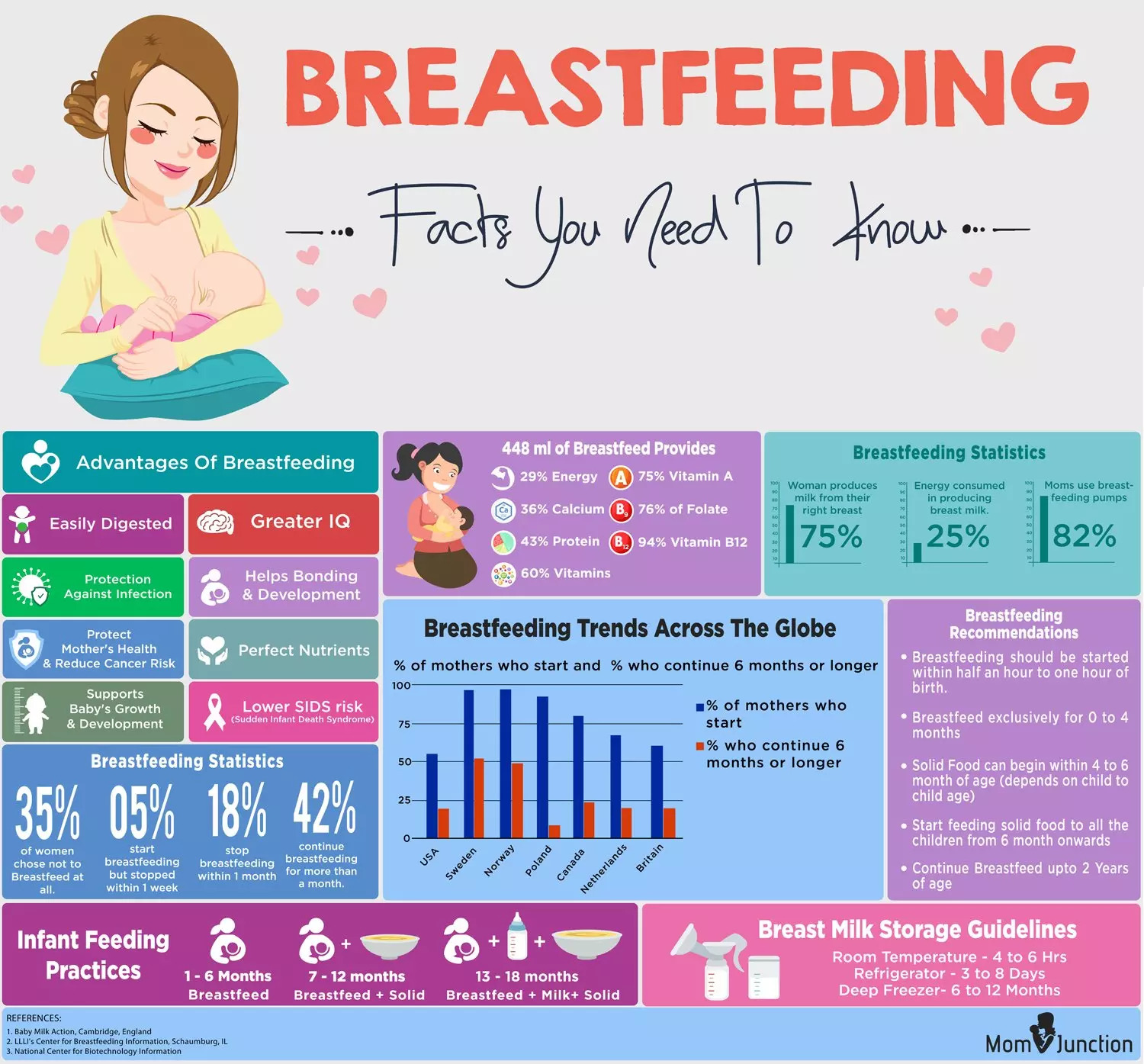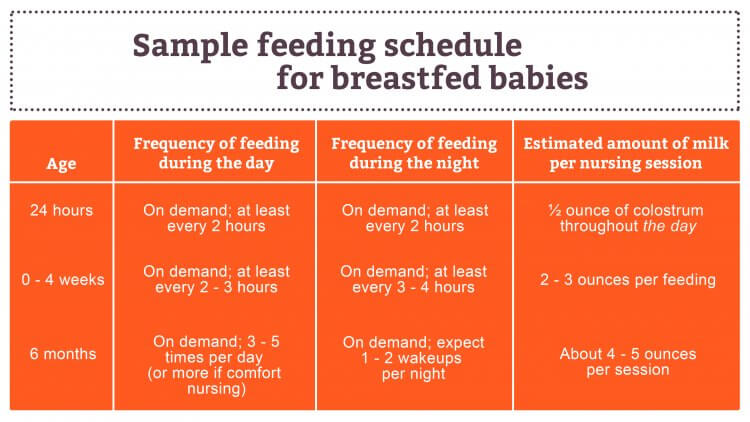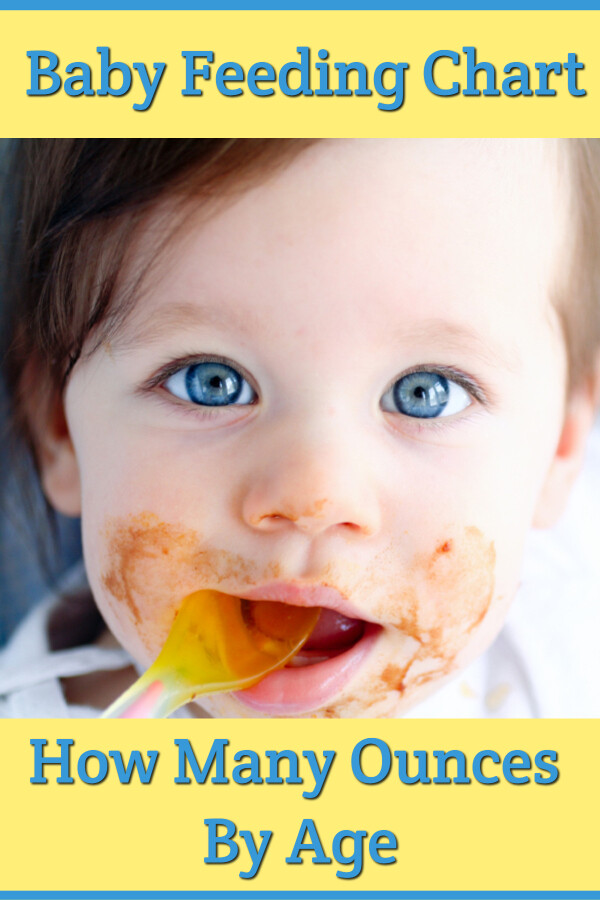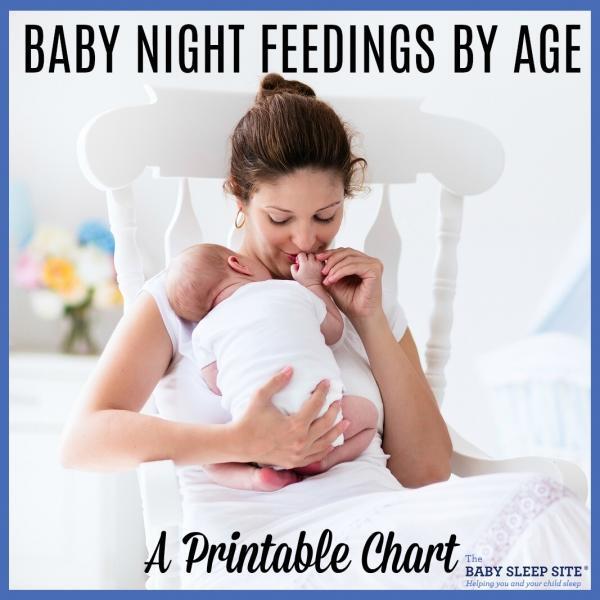Breastfeeding Frequency By Age Chart
By the time your baby is 12 months old he or she probably will nurse 79 times a day.
Breastfeeding frequency by age chart. Continue to include about 32 ounces of breast milk or formula in your 6-month-olds feeding schedule of three to five feedings per day to ensure your baby gets the necessary vitamins and minerals. Frequency will vary between babies. As a result the CDC growth charts may not adequately reflect the current growth patterns of infants in the United States.
Newborn babies should breastfeed 812 times per day for about the first month. 16 15 p 0003 months. Plenty of poops by day 4 or 5 show that breastfeeding is going well.
Only about 50 of US. 7 rows Feed on demand 8 or more x in 24 hour period Baby should regain birth. By age 3 months only 33 of US.
12 Dr Jack Newman says to expect. You may not realize it but your baby grows too quickly. 5 rows For the first two months the frequency should be at twelve times in 24 hours and as your baby.
3 After the first three weeks your baby will slow down a little though his milk intake will still increase some over the next couple of weeks. As your babys tummy begins to. Breast milk is easily digested so newborns are hungry often.
How Much To Breastfeed Breastfeeding Frequency By Age Chart 1 Management Of Breastfed Babies That Are Reluctant To Feed Clinical Breastfeeding Information Baby Feeding Guide Safe Infant Feeding From Birth To Two Years Breastfeeding Guidelines For Consultants Best Start Understanding Your Baby S Weight Chart Breastfeeding Support Abm Clinical Protocol 3. Guide for Breast-feeding Zero to 12 Months In the early days after a babys birth the mother should plan to breast-feed every two to three hours including overnight. Every 3 hours 4 ounces 120 ml.
As for the length of time for each breastfeeding Huotari says a session should last about a half hour with baby at your breast suckling for about 15 to 20 minutes. Every 3-4 hours 4-6 ounces 120-180 ml. Normal loss and gain.
In the United States most infants start to breastfeed. 0001 and second 32 16 vs. In the initial two months the baby should have twelve feeding sessions in a day and with passing months and growth of the baby it should drop down to six in all.
In the first six months the baby must be fed on demand but thereafter the frequency should start decreasing. Stools were more liquid in the breastfed infants during. Your baby will typically have one dirty diaper for each day of life 1 stool in the first 24 hours 2 in the 2nd 24 hours etc and it will level out at 3 diapers on day 3.
5 rows Two Months To 6 Months. Infants measured to create the CDC growth reference charts were ever breastfed. Daily stool frequency was significantly higher in the breastfed than formula fed infants during the first 49 17 vs.
However every baby is unique. At three months 84 infants remained and we compared 40 who were exclusively breastfed and 13 who were exclusively formula fed. On-demand 2-4 ounces 60-120 ml.
Follow the links to see the WHO weight-for-age charts for 0-6 months percentiles for boys blue and girls pink. 23 16 p. 4-6 ounces 120-180 ml.
The mother should respond to the infants cues of hunger in a prompt and relaxed manner providing a quiet and comfortable environment for both herself and the baby. Poop frequency in the first week. Frequent feedings helps stimulate your milk production during the first few weeks.
11 Shrago et al suggest that well-fed breastfed babies will have four or more poos a day by two weeks of age. The Womanly Art of Breastfeeding says to look for at least three poos each day in the first month the size of the circle made by touching the tip of your thumb and forefinger together. You may be able to start weaning your baby off of night feedings.
By the time your baby is two-to-three weeks old she or he will be taking 2 to 3 ounces of milk per feeding and eating about 15 to 25 ounces of milk daily.




